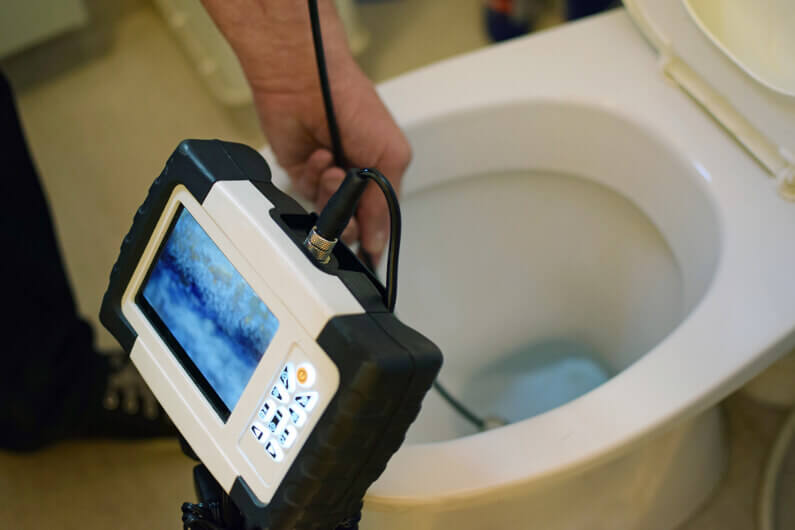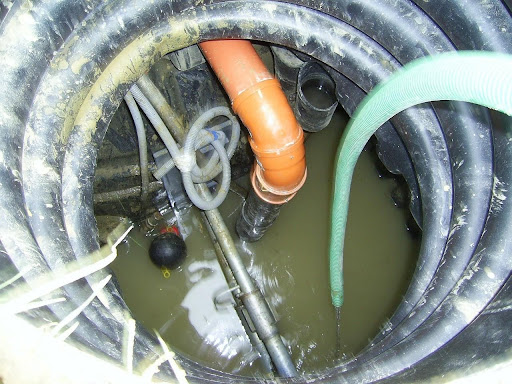Procedures to Follow for Clearing a Blocked Drain Prior to Reaching out to Expert Help
Procedures to Follow for Clearing a Blocked Drain Prior to Reaching out to Expert Help
Blog Article
Listed here further down you'll find a lot of good insights relating to Tips for Dealing with Clogged Drains and Sewer Lines.

Introduction
Managing a blocked drainpipe can be an irritating experience, interrupting everyday tasks and potentially triggering damage to your property. Nonetheless, before connecting to pipes professionals, there are steps you can take to attend to the problem on your own. In this guide, we'll explore DIY remedies and preventive measures to tackle an obstructed drain properly.
Determining the Problem
The very first step in dealing with a blocked drain is acknowledging the signs. Slow drainage, gurgling noises, foul odors rising from drains pipes, or water support up prevail signs of an obstructed drain. Recognizing these indicators early can assist stop further issues.
Usual Root Causes Of Obstructed Drains
Recognizing the factors that contribute to drain obstructions is necessary for efficient resolution. Typical wrongdoers consist of hair, soap scum, oil, food particles, and foreign objects like sanitary items or paper towels. Tree origins invading underground pipes can also create substantial blockages.
DIY Solutions
For minor obstructions, several do it yourself services can be reliable. Putting boiling thin down the drainpipe can help liquify oil and debris. Baking soda and vinegar or a mixture of salt and baking soft drink can function as all-natural cleaners. Using a plunger or plumbing snake to displace obstructions is an additional choice.
Tools and Tools
Having the right devices handy can make DIY drainpipe cleaning more effective. A plunger is a functional tool for clearing obstructions in sinks, commodes, and showers. A plumbing snake or auger can reach much deeper blockages, while drainpipe cleansing chemicals can be used very carefully for stubborn obstructions.
Safety nets
To prevent future obstructions, embracing preventive measures is vital. Mount drain guards or filters to capture hair and debris before they get in the pipes. Frequently flush drains pipes with warm water to liquify grease buildup, and avoid throwing away grease or solid waste away.
When to Call a Professional
While DIY options can resolve minor obstructions, certain signs suggest the need for expert support. Consistent blockages, foul odors despite cleaning initiatives, or numerous drains supporting concurrently are warnings that warrant expert treatment.
Choosing the Right Plumbing Service
When selecting a pipes solution, take into consideration variables such as experience, licensing, and client evaluations. Choose a trusted plumber with a track record of high quality handiwork and clear prices techniques.
Cost Factors to consider
The expense of expert drainpipe cleaning company can vary depending upon the seriousness of the clog and the plumbing professional's prices. Demand quotes from multiple companies and inquire about any additional charges to make sure transparency and stay clear of shocks.
Safety and security Measures
When attempting DIY drainpipe cleaning, focus on safety and security. Use safety gloves and eyeglasses to avoid contact with damaging chemicals or germs. Never ever blend different drainpipe cleaning items, as this can produce dangerous fumes.
Instance Researches
Real-life instances show the performance of do it yourself remedies and the importance of prompt expert treatment in settling drain blockages.
Final thought
By adhering to the suggestions described in this guide, you can effectively take on blocked drains pipes and avoid future plumbing problems. Whether selecting DIY options or seeking professional help, prompt activity is key to keeping a healthy and balanced pipes system and protecting the honesty of your home.
How to Clear a Clogged Drain Yourself (And When to Call In the Professionals)
What Can Clog a Drain
Dirt Skin flakes Hair Grease Soap scum Food Offset pipes Tree roots Small objects Mineral buildup DIY Tricks to Unclog a Drain
You can fix this! Once you have identified the source of the clog (or have a vague idea), you can try one or a combination of these fixes in order to clear your plumbing.
Wire Hanger or Snake
Untangle and clear out hair from a drainpipe with a homemade snake. Use a straightened-out wire hanger with a 90-degree angle hook to locate the clog and drag out any unwanted material.
Remember not to push the clog further down to where the wire hanger cannot reach! If you need to follow up with a plunger, give it a try. Your efforts might be more successful after it’s been wire-snaked.
If you want to get fancy and don’t have a wire hanger to spare, head to the store and pick up a hand-operated drain snake. You can get one for $10-$30. It may save you the hassle, and provide additional length to reach deep into the clogged pipe.
Plunger
A cup plunger has a suction cup attached to a wooden handle. The rubber creates a seal around the drain, and increases the pressure force of the plunger.
Plunge for 30-second increments to loosen the clog. This may need to be repeated over the course of 15-20 minutes. Once plunged, run the water to flush the remaining material out of the drain.
Remember– never use a plunger if you have used a chemical drain cleaner. These chemicals can splash up from the force of the plunger and cause serious injury or burns.
Boiling Water
Hot water can sometimes break up materials into a flushable amount. Dirt, grease, and soap buildup requires heat in order to unstick from surfaces.
Take your kitchen kettle and heat your water to a boil. Once it reaches a rolling boil, pour it directly down the drain into the blockage. Carefully follow with plunging, if necessary.
Don’t worry if this takes more than one try! It can often take multiple kettles and repeated plunging in order to clear a particularly stubborn clog.
Chemical Drain Cleaner
As a last resort, pick up a bottle of chemical drain cleaner. Drain-cleaning chemicals are potent, and not very good for the environment.
You may need to wear protective eyewear in gloves before handling your bottle of chemical drain cleaner. Follow the instructions printed on the bottle, and flush with water as soon as the instructions allow. Do not follow with plunging.
Baking Soda and Vinegar
As a safer alternative to chemical drain cleaner, baking soda and vinegar can create a chemical reaction that clears tough clogs.
Combine one cup of cleaning vinegar with one cup of boiling water, and set aside. Once you have done this, pour half a cup of baking soda down the drain. Give the baking thirty seconds to settle and cover a large portion of the problem drain.
Following the baking soda, pour down your vinegar and hot water solution. Once the vinegar and baking soda combine, the mixture will bubble and fix. Let this reaction fizzle in the drain for about an hour.
After an hour, follow with a kettle’s worth of hot water. The heat and liquid should flush out any remaining material.
When to Call a Plumber
If your DIY attempts haven’t cleared your clog drain, it’s time to call in a professional. It’s not worth losing access to your kitchen sink or high-traffic bathroom. A clog in a vital area can keep you from the things you’d rather be doing, and derail your routine.
Anytime a clog is causing water to spread is a time to call in a plumbing service. What starts out as a little bit of water can quickly grow into serious, expensive water damage.
Additionally, a serious clog can result in burst pipes or serious leaks. Make sure you know when to take it seriously!
https://myguysnow.com/how-to-clear-a-clogged-drain-yourself-and-when-to-call-in-the-professionals/

As an enthusiastic person who reads about Tips for Dealing with Clogged Drains and Sewer Lines, I figured sharing that piece of content was necessary. Enjoyed our piece? Please quickly share it. Help another person check it out. Thank you for taking the time to read it.
About This Report this page